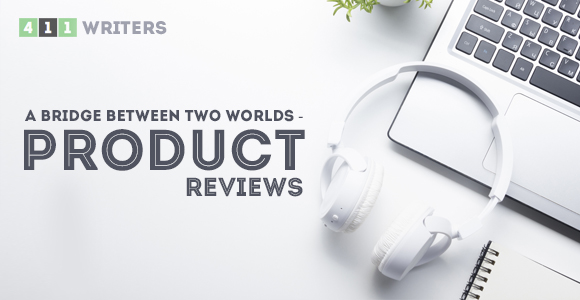Blogs are such a passion of mine. Well, obviously, after all, I am in the process of writing one even in this very second. Our content writing agency gets a lot of requests for different types of pages. Blogs are always highly requested because people see them as a key ingredient in increasing their website traffic and as proof for value and credibility. But what does a truly good blog post look like? Time to revisit the basics with a 2019 filter on, right before the New Year rolls in.
Why Is Structure Even Important?
On a subconscious level, the way a text is structured determines what to expect from it. Besides, it’s among the most important factors that influence the reader (or maybe it’s just me?) whether to stay and read to the last sentence or leave the page halfway through.
Remember these bad blog writing practices we covered? Well, this article will be about the opposite – this is my advice on some of the great practices you can adopt.
The Basic Rules of Structure
A tale as old as time
Title — the attention-grabber, the very thing that sometimes is enough to turn a boring topic into a hot one. We all know how clickbait has affected good title practices.
Introduction — can’t go on without one and “short and sweet” applies here more than ever. Readers have a short attention span. Every second counts.
A Few Main Paragraphs/Ideas — this is where you get to make your point and provide the value the reader expects.
Conclusion — the wrap-up that some people often skip to, when they don’t want to read the whole thing. You can use that to your advantage by stating all the main points of the article and spark their curiosity so that they return and read the whole article later.
So, what?
When I was first starting out as a blog writer, I was given the exact same structure and tips along those lines.
What I found was that as beneficial and easy-to-adopt it was, this structure was not set in stone. I learned to experiment and play around with different layouts. Why?
Has anybody ever told you: “it’s not what you said, it’s how you said it.”
Yes, we hate hearing that most of the time, but it’s true. The ‘how you said it’ part, in the blogger’s case, is how you lay it out for the reader. So, without further ado, here are the tips I have for you after years of providing professional blog writing services to others.
#1 Write shorter sentences and smaller paragraphs
Because simple always wins
I see this done rather often.
Upon introducing a new concept or to let a certain statement sink in, blog writers would separate every sentence from the one before and the one after.
They might continue with the same idea in the sentence to follow.
Something like what I just did above.
This way the text gets easier to read and it’s probably that subconscious preparedness that you won’t get overwhelmed with information that makes you keep reading.
I personally don’t to it that often. I like paragraphs that contain more than one sentence, call me old-fashioned. However, I certainly do see the appeal of shorter paragraphs. Longer ones have a bit of an eye-straining effect on the reader. Being faced with a block of text slows you down and it might make you want to skim the whole article for the most important bits.
#2 Mix it up with different sizes, fonts, and styles
…without going overboard
So, about those skim readers, I mentioned. The truth is, we are all one from time to time. The limitation of our attention span makes us want to search for the quickest way to feed ourselves information.
This is where visual anchors come into play. The lines that pop out, the subtitles that stand out, the text that draws your attention. Use those to guide your reader. Bold important ideas or use italics to add some extra effect.
Still, consistency is good even when you are mixing it up. But, every so often, you can surprise your readers to keep them entertained and their interest growing.
#3 Lists & bullet points
Time-savers and reader-pleasers
I call them “the breather”. From the writer’s point of view, lists can be a pain, because you need to have a very good understanding of a topic to boil it down to its essence in just a few bullet points. But, for your blog structure, they are like a breath of fresh air.
You can see Google implementing it in the SERP with its featured snippets. They are taking over, so adding a good list to your blog post might pave your way to those first results and get you the exposure you want. They are good for both your website’s SEO and blog’s user-friendliness.
#6 It’s all about the flow
Flow’s where it’s at, y’all
Excuse my slang. I added it for a dramatic effect.
So, yes, the flow. But what is flow? It’s just the way how all things connect and work together. I know it sounds wishy-washy but you know good flow when you see it, in this case, read it. It’s pretty hard to be taught because it encompasses all the elements of your blog article and how they work with each other. It’s about consistency, rhythm and only keeping the information that deserves to be in the article.
What We Learned
The conclusion you don’t want to skip
I have spent a lot of time trying to dissect the anatomy of a good blog post so I shared with you my findings in the lines above – shorter sentences and paragraphs; more meaning with fewer words; mixing writing styles up (in good measure), adding lists & bullet points, and having an irresistible flow.
Above all, what I found during my quest for the ultimate blog post structure was something I knew all along: it’s all about the actual words and value you provide to the reader. The ultimate goal?
Never make people regret they have given you their time.







